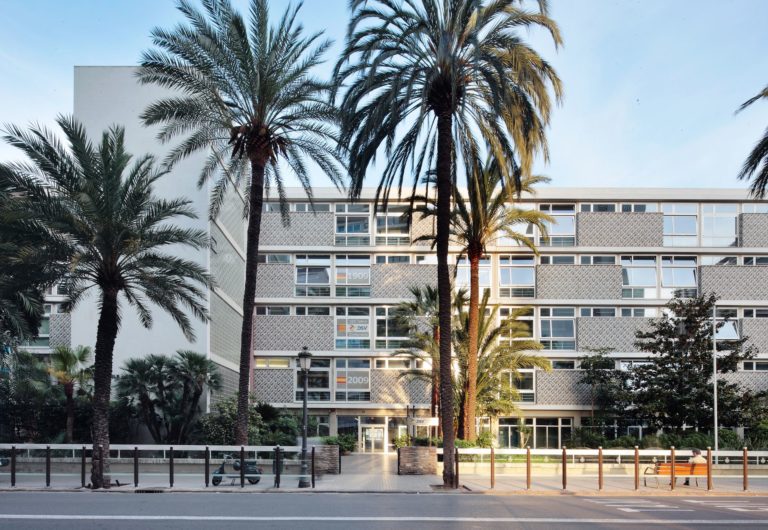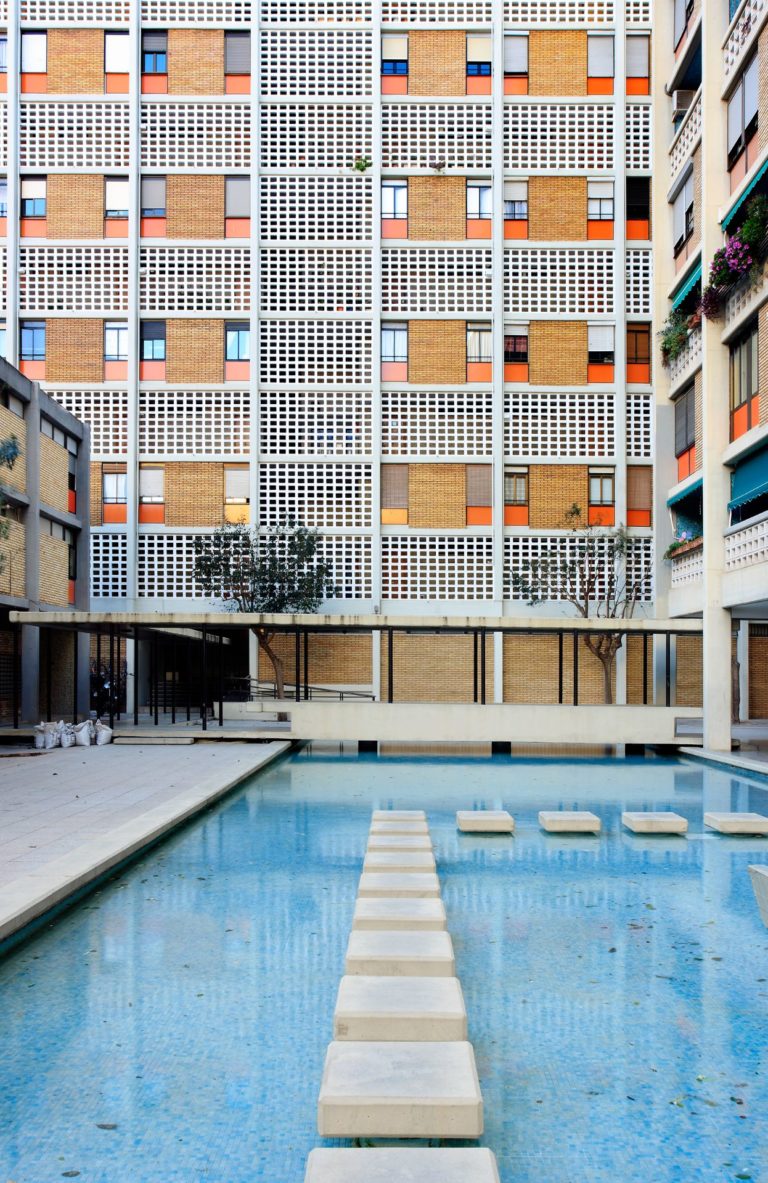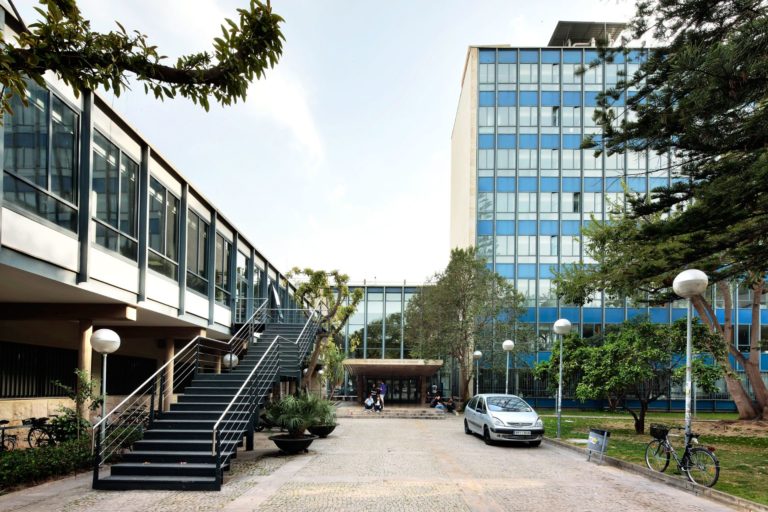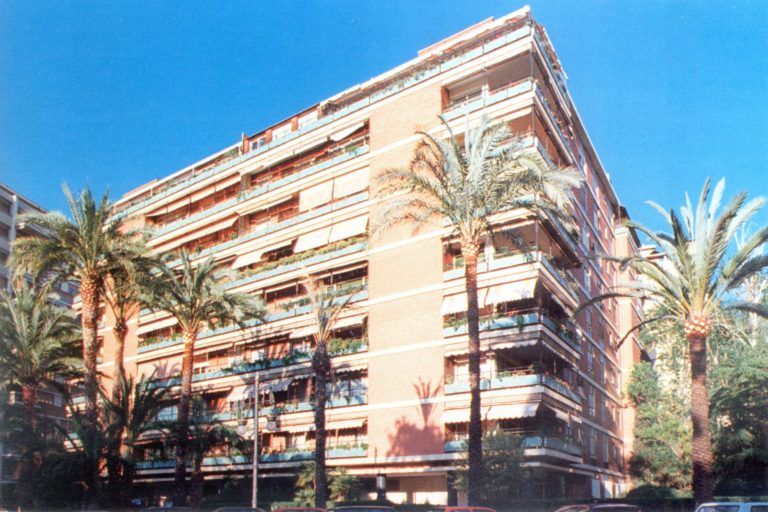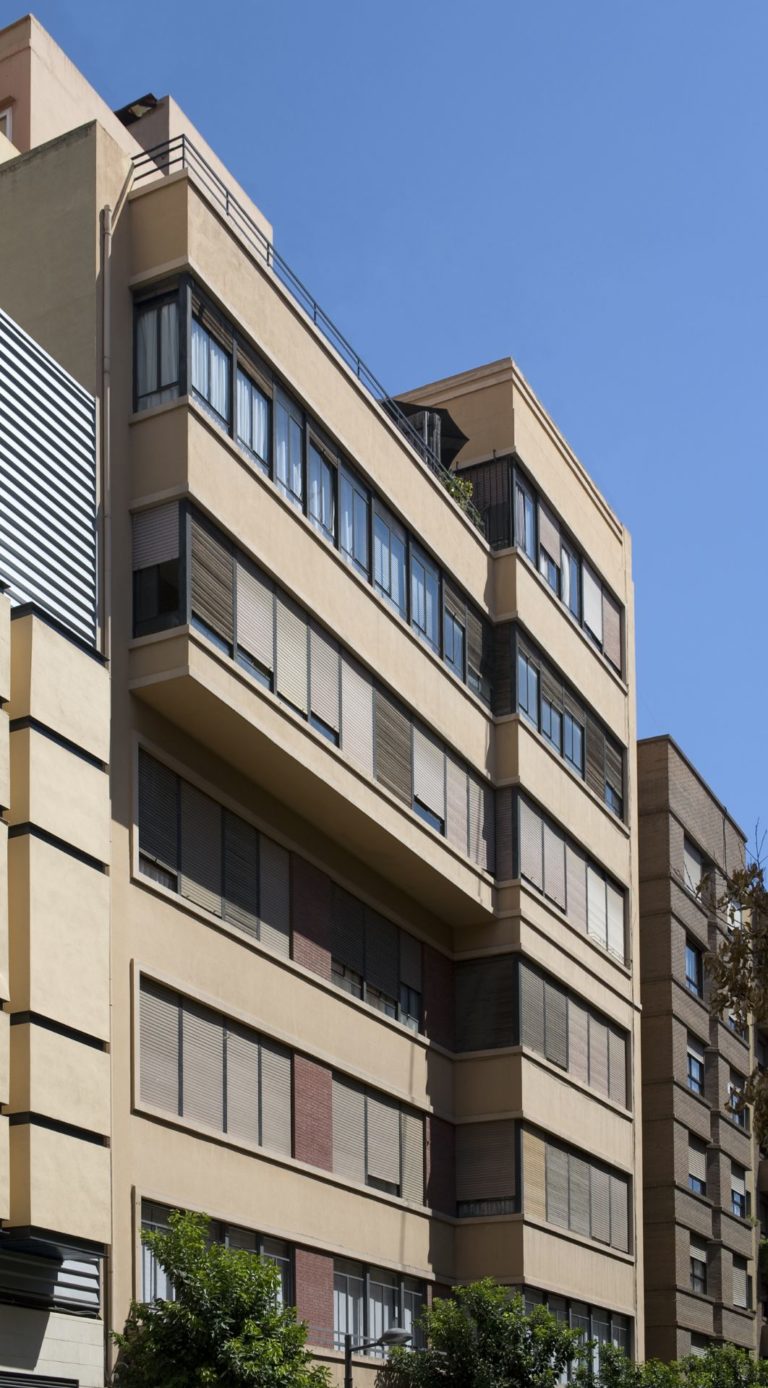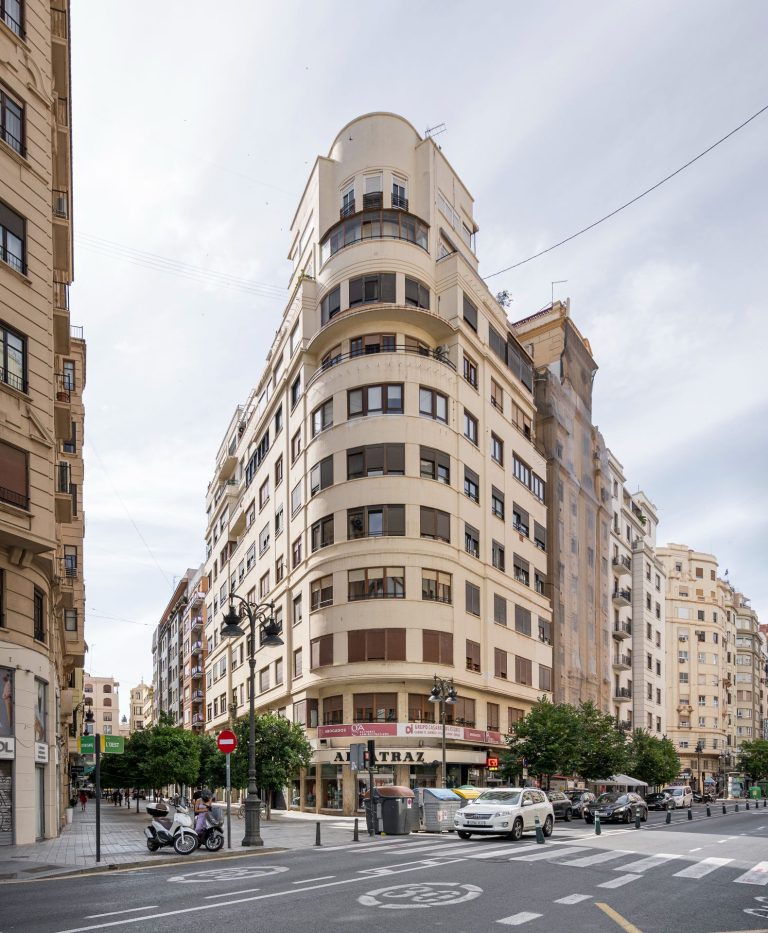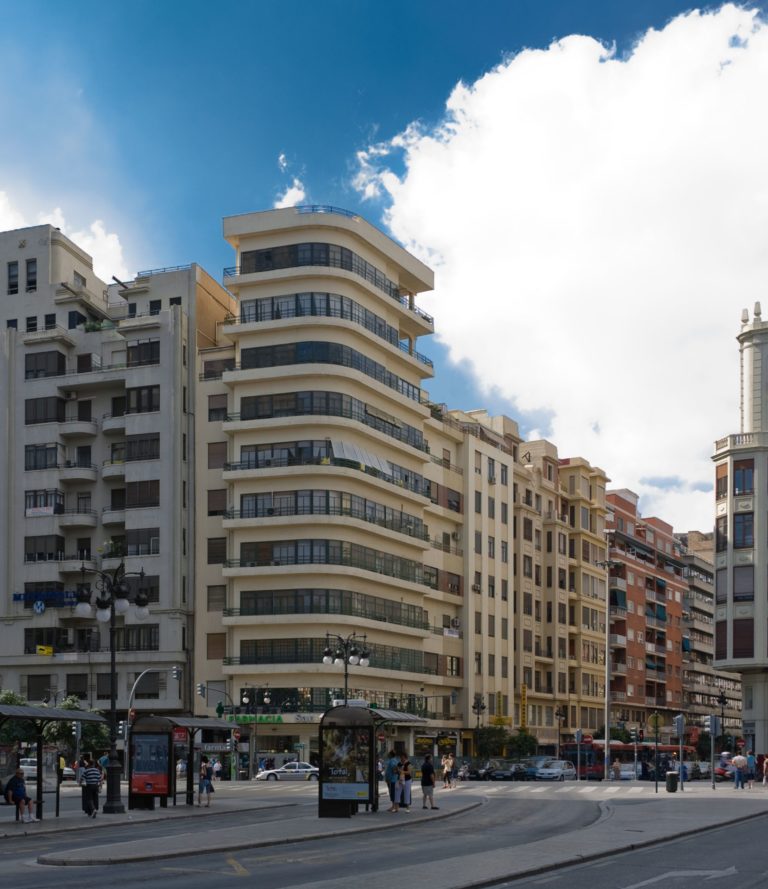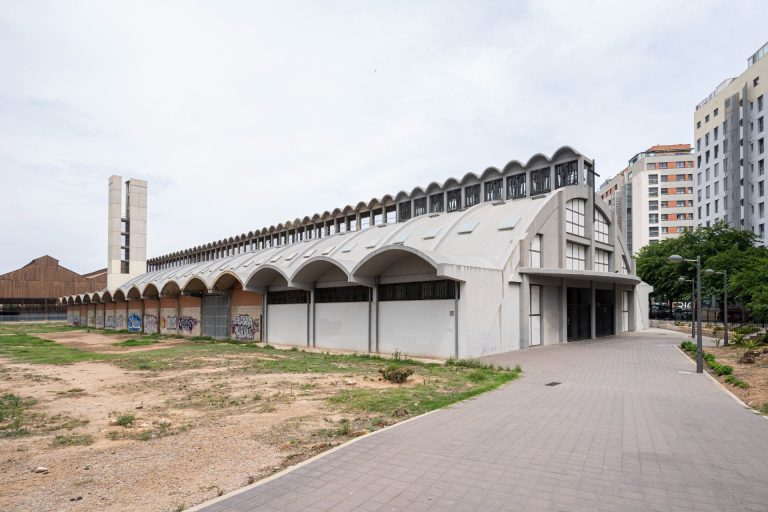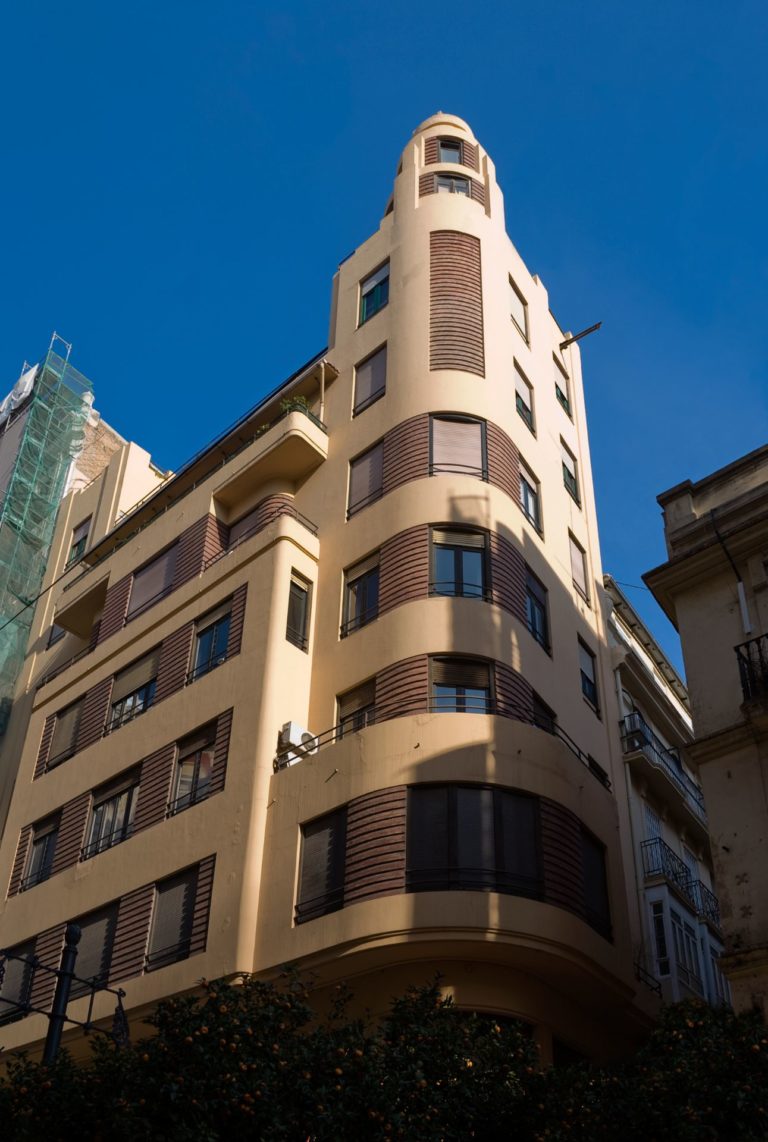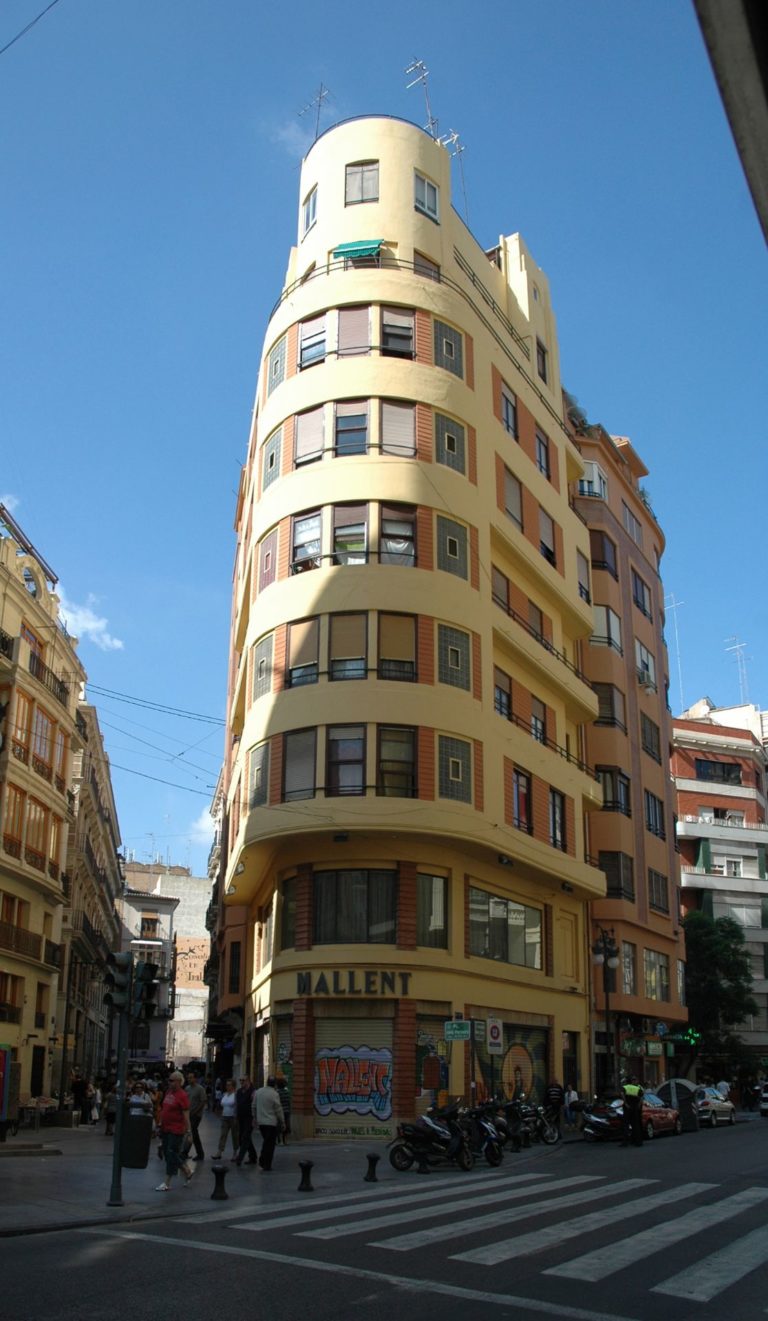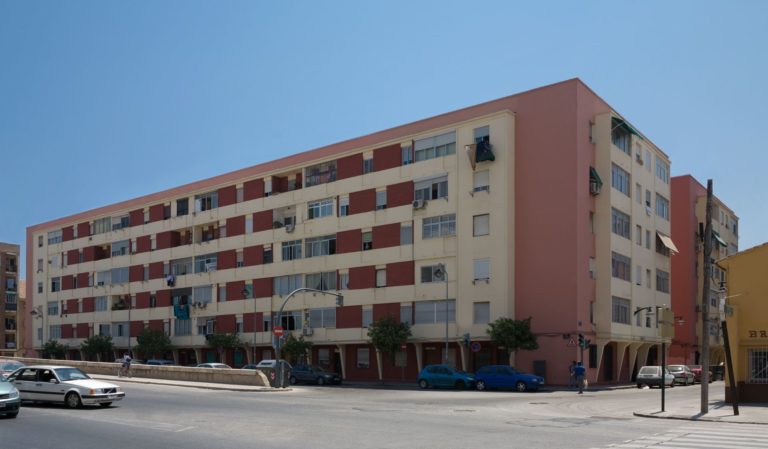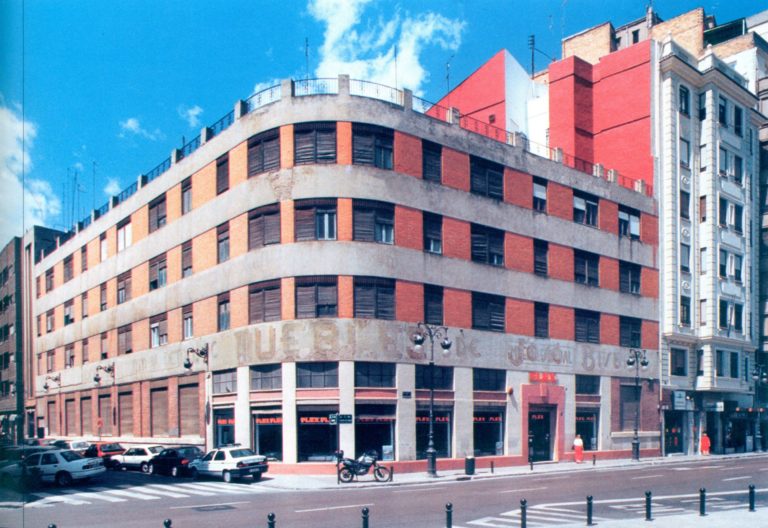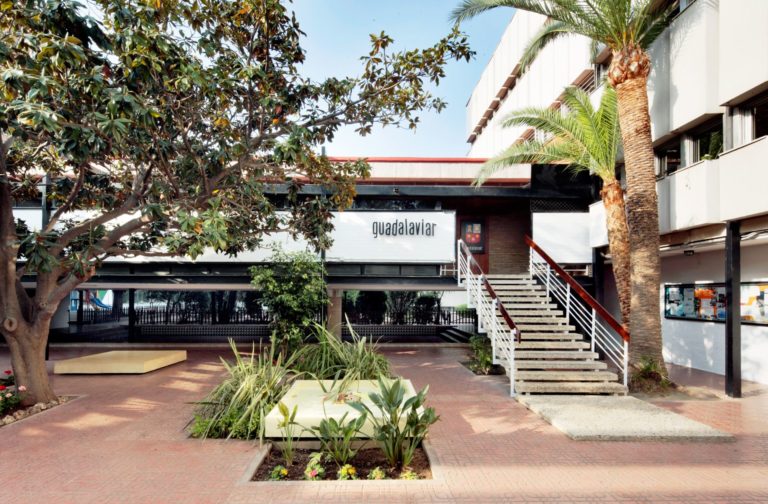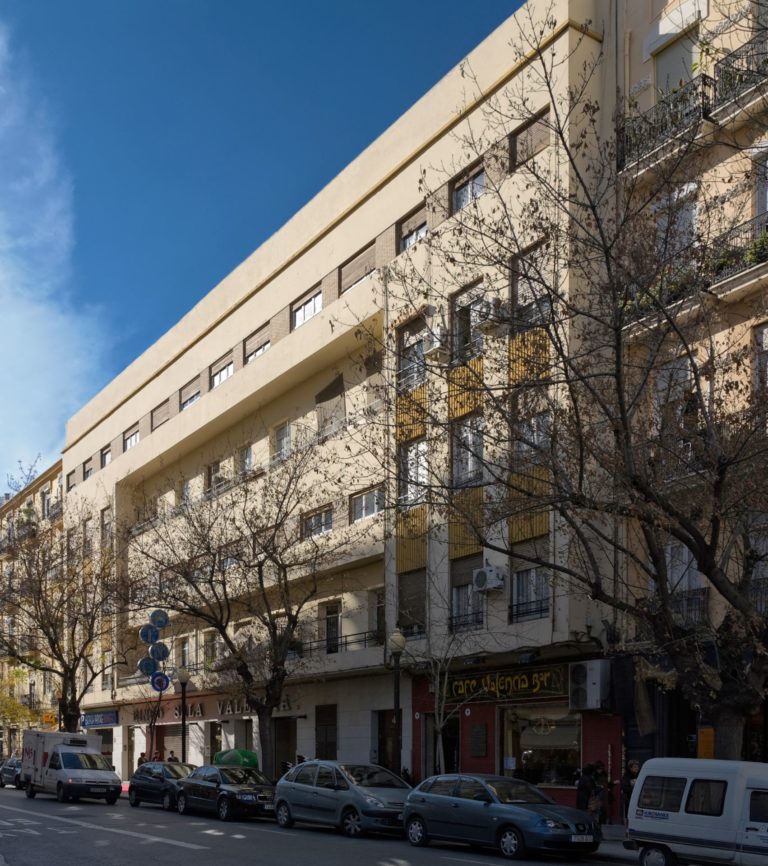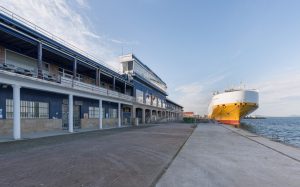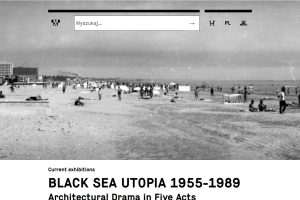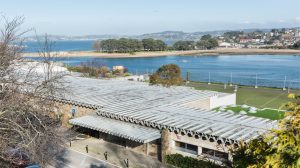Abstract
This dissertation undertakes an overview of the whole architecture made in the city of Valencia between 1939 and 1957. On the one hand, the chapters are structured according to a typological classification, unlike the usual art history studies based on artistic styles. On the other hand, there is a comprehensive chapter devoted to the work done by architects who worked during this period in Valencia, incorporating a detailed list of the works that are organized chronologically. After the Civil War in Spain, the new Regime intends to impose a national architecture, fascinated by the totalitarian movements in Germany and Italy. At this time, and until the defeat of the German army, the work of Troost and Speer is taken to some extent as an ideal model. This will be accompanied by the intention of making an autocratic tutelage of the architecture promoted by the government, which no doubt had the necessary equipment: bureaucracy and propaganda. Along with this general situation, and despite the unfortunate circumstances arising from the war, there is a need to revisit the modern and monumental preceding period of Valencia. Thus, some former architectural projects are recovered. Western Avenue will become the most striking example of continuity in these claims. Softened to some extent the instability of the early postwar years, there is a greater openness. That architecture is the second phase of the Modern Movement. The study ends with the flood of 1957. This was a blow for the city, a difficult situation to get through with help and effort.
Access the thesis